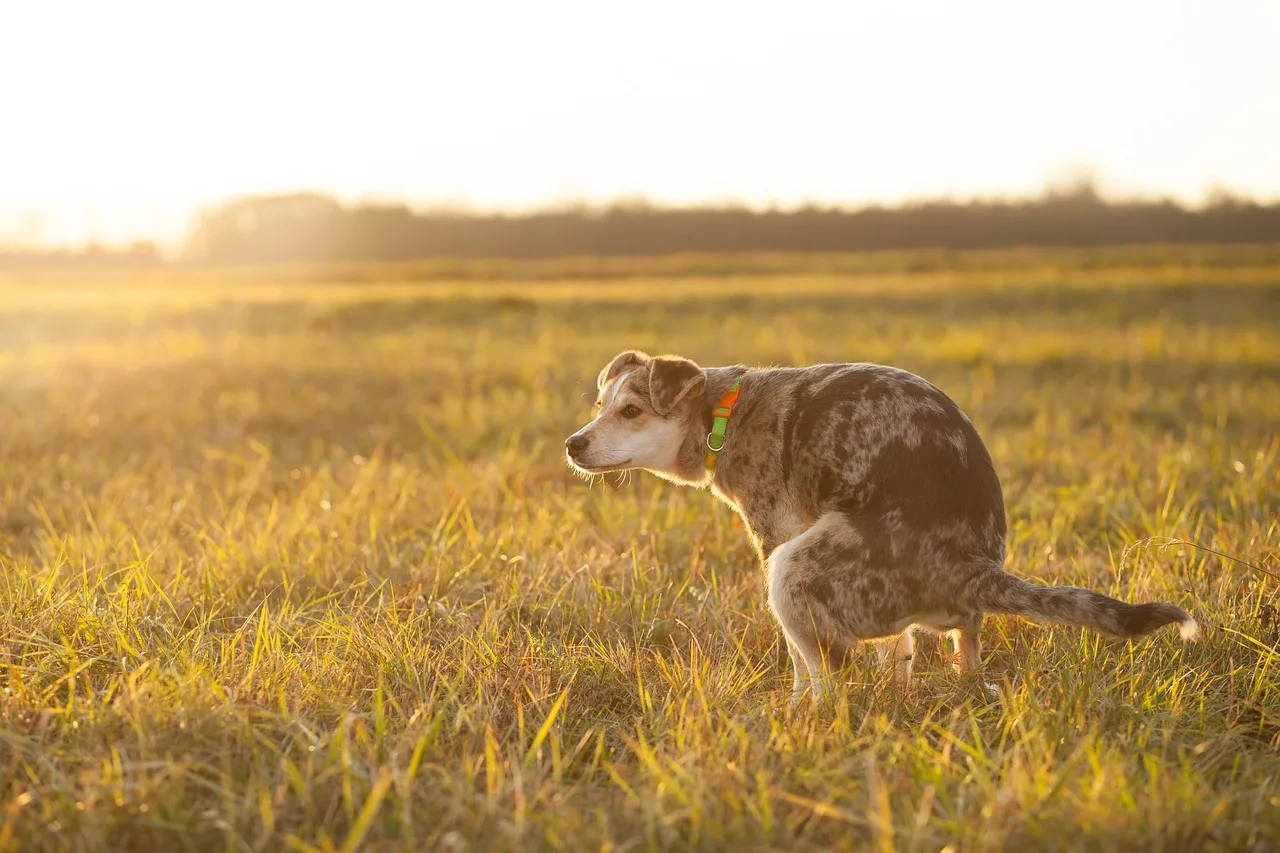Every dog has business to do, if you know what we mean. But dog poop sometimes seems unimportant. When your dog poops, you’re only thought is to pick it up. But did you know that your dog’s poop can be a great indicator of their overall health, and even some health problems can be prevented if you can spot the signs? Orange dog poop, brown dog poop and even green dog poop can mean something. But what? Well, that’s what we’ll talk about in this article.
We also want to stress that every dog is unique, so your dog’s measure of normal, healthy feces may be slightly different from another dog’s. Keep an eye on your dog’s usual routines and pooping habits so that if anything changes, you know what to tell your vet. Remember: If you notice any changes in your puppy’s routine, speak to a veterinarian.
After reading this text, we hope that the next time you take your dog for a walk, you’ll take a look at your pup’s pile. This will give you a good idea of your dog’s health.
While you’re here, read more about your dog’s health and possible health problems:
- Dog breathing fast: Is it dangerous?
- Pneumonia In Dogs: What To Know
- Puppy strangles: What it is and why it occurs
- Underbite Dog Breeds And Other Teeth Problems
- DHPP Vaccine For Dogs: What Is It?
- Anaplasmosis In Dogs: What It Is
- How Long Will My Puppy Poop Worms After Deworming?
Orange dog poop, and all the ther feces colors
First, let’s explain how your dog’s poop should look normally. We’ve said that every dog is different, and what’s normal for one dog, doesn’t have to be normal for another. But, there are a few indicators of healthy dog poop.
The color
Dog or puppy poop is chocolate brown in color. But, if your puppy eats food with additional coloring, some of it may show up in your dog’s feces as well.
The texture
There’s a reason some people call dog poo sausage. Dog poop should be shaped like a sausage and keep its shape. If the poop is round, it is possible that your puppy is dehydrated.
The size
The size of dog or puppy poop depends on the amount of fiber in their diet. The more fiber your dog eats, the more will have to come out. As a rule, the volume should be in relation to the amount of food you feed. If this doesn’t seem to be the case, definitely talk about it with your vet.
The consistency
Dog poop should be compact, moist, easy to grasp and feel a bit like modeling clay when crushed. Diarrhea, or watery feces, is an indicator of an upset bowel and can be a sign that something is wrong with your dog’s tummy. And if your dog’s poop is hard or dry, it could be due to constipation.
So, next time you pick up your dog’s poop, pay attention to its appearance and texture. Mucus in dog feces could indicate an inflamed colon, while lots of weed could mean that your dog has eaten too much grass or has a gallbladder infection.
Different poop colors
Green dog poop:
Green dog poop can indicate that your dog has eaten too much grass or has a gallbladder problem. Also, green poop is often the result of green vegetables in your dog’s food. If the poop has been discolored for a long time, consult your veterinarian.
Yellow or orange dog poop:
Orange dog poop doesn’t have to mean a serious problem. It can also happen if your furry friend ate a lot of carrots. But, if you notice orange dog poop even after a couple of days, it could be an indication that your dog’s liver is sick or that they have Biliary disease. Pancreatic diseases also cause yellow or orange dog poop. In addition, yellow or orange fog poop can indicate problems with your dog’s food. If your dog has had yellow feces for a long time, take them to the vet.
Red dog poop:
If you notice red streaks in your dog’s poop, that could be blood. If you find blood in your dog’s stool, it is a good idea to check your dog’s anus for cuts to see where the blood may be coming from.
White spots in dog poop or black poop:
If your dog’s feces have white, rice-like patches on them, it could be due to worms. If you suspect your dog has worms, you should contact your veterinarian immediately.
Black poop in dogs could be a sign of upper gastrointestinal bleeding.
Gray dog poop:
Your dog’s feces may be grayish or clay-colored if your dog has Biliary disease. But even with the grayish color, it is possible that certain foods have an after-effect. So, if the discoloration persists for several days, you’d better go to your vet for advice.

